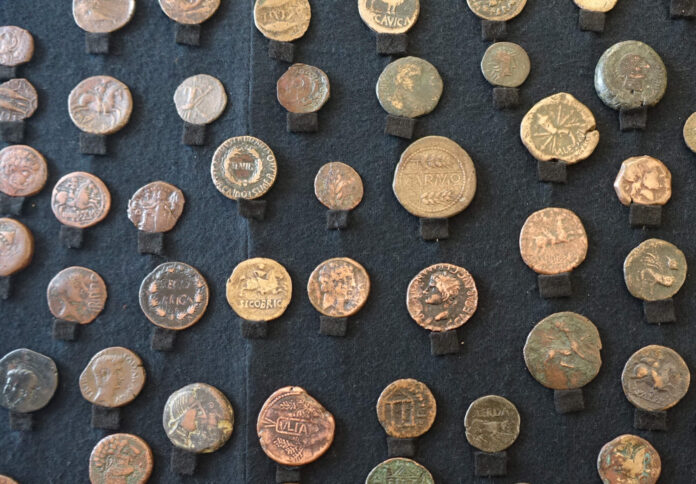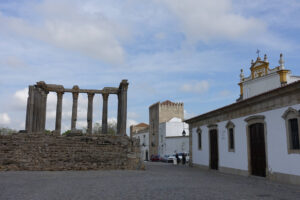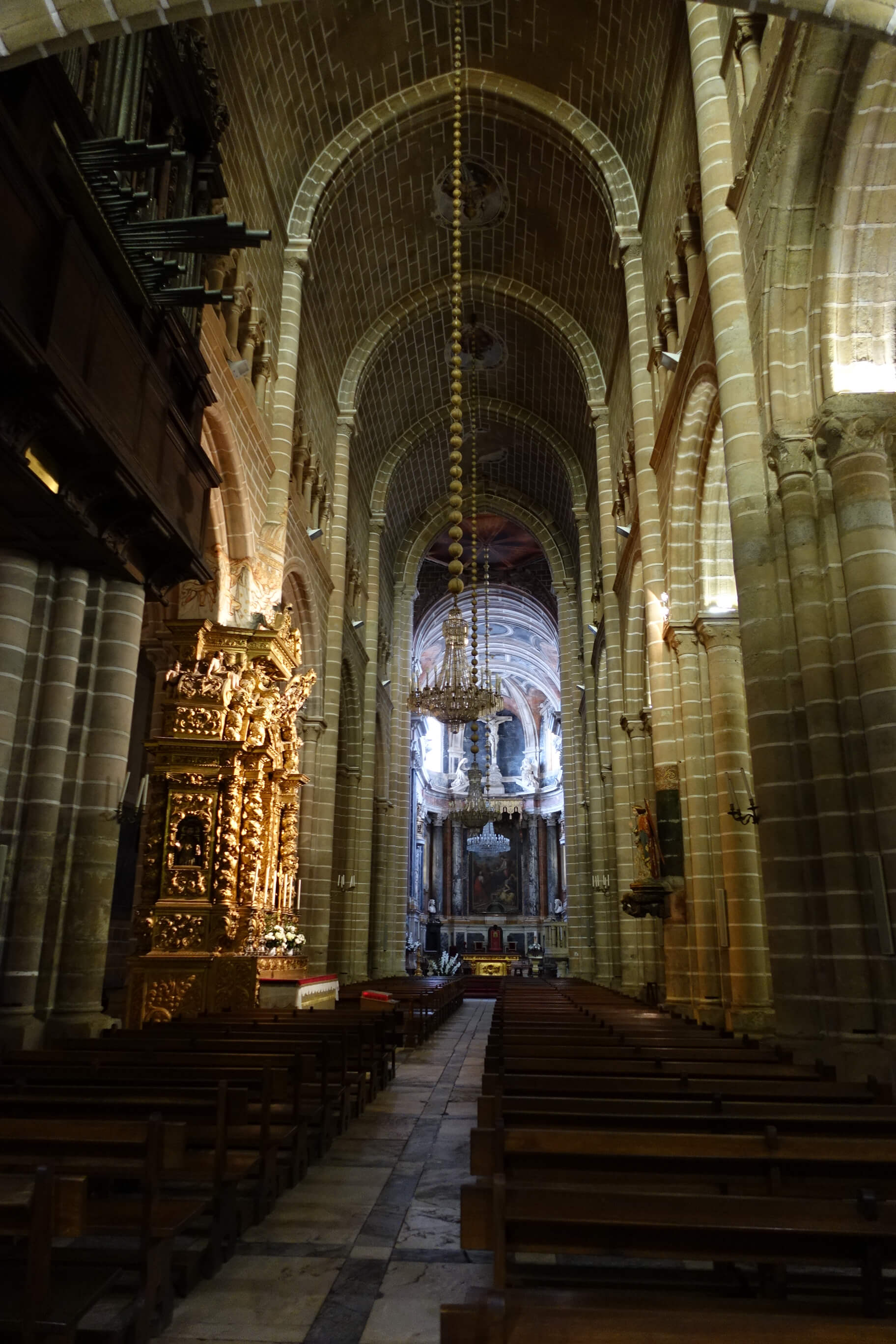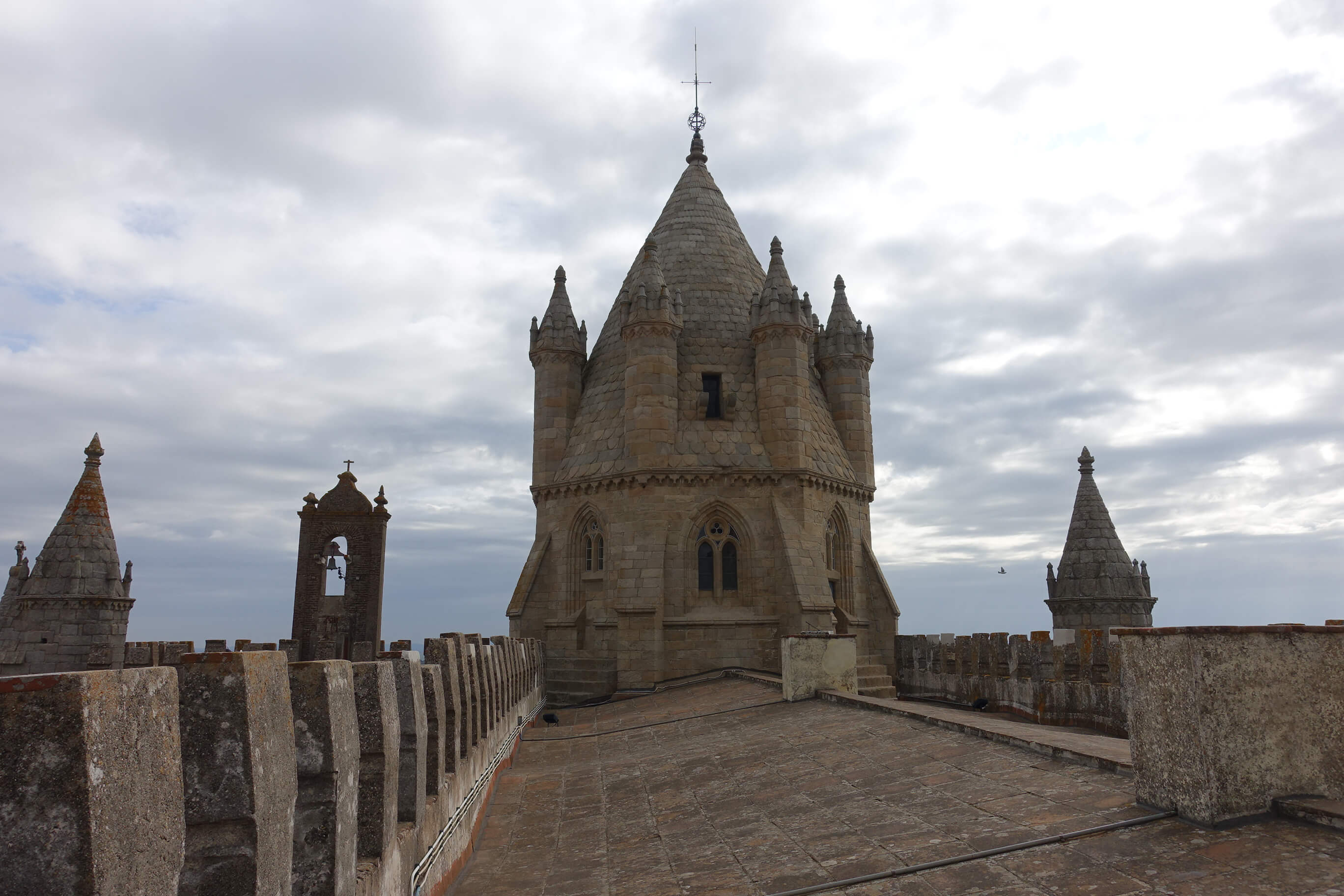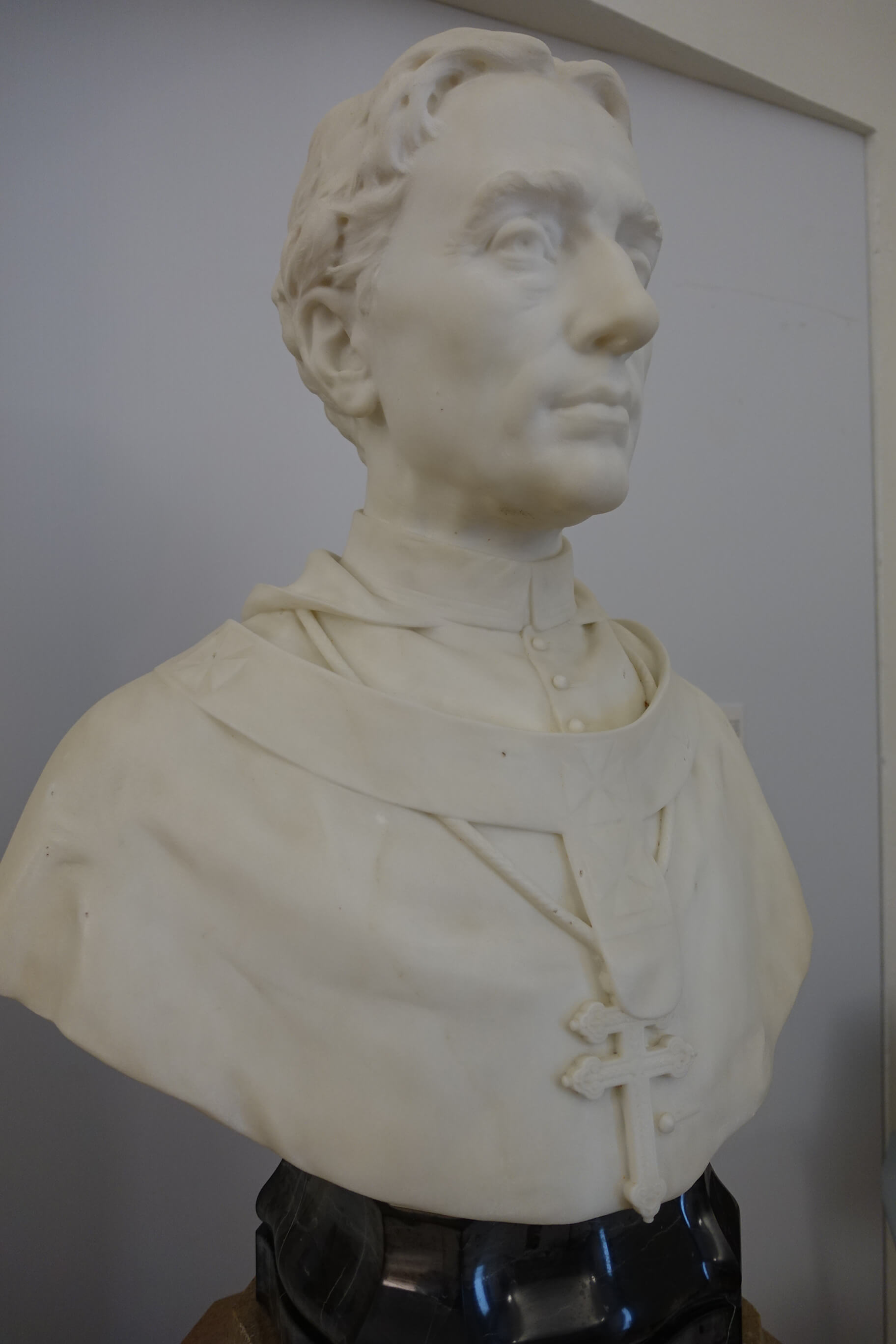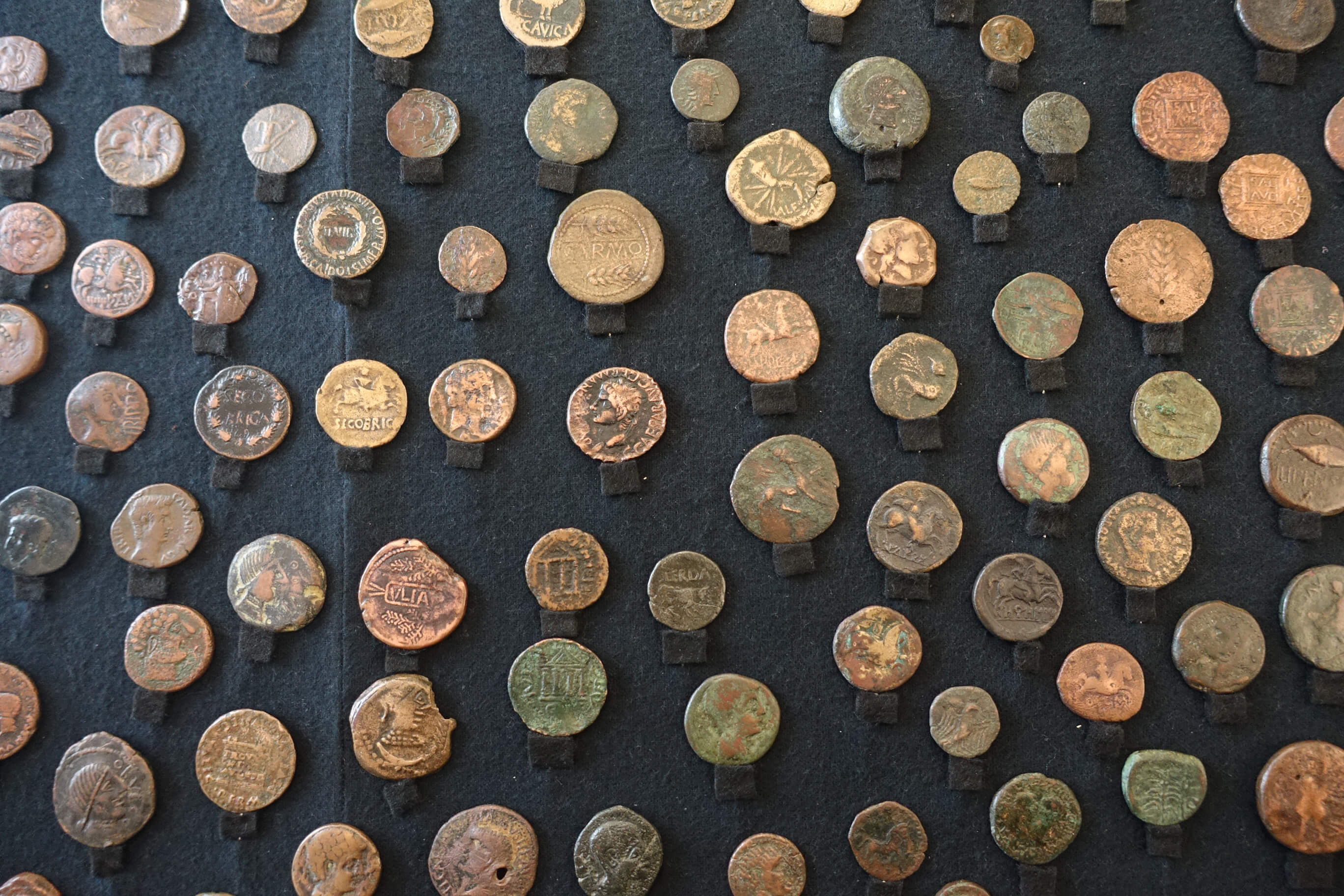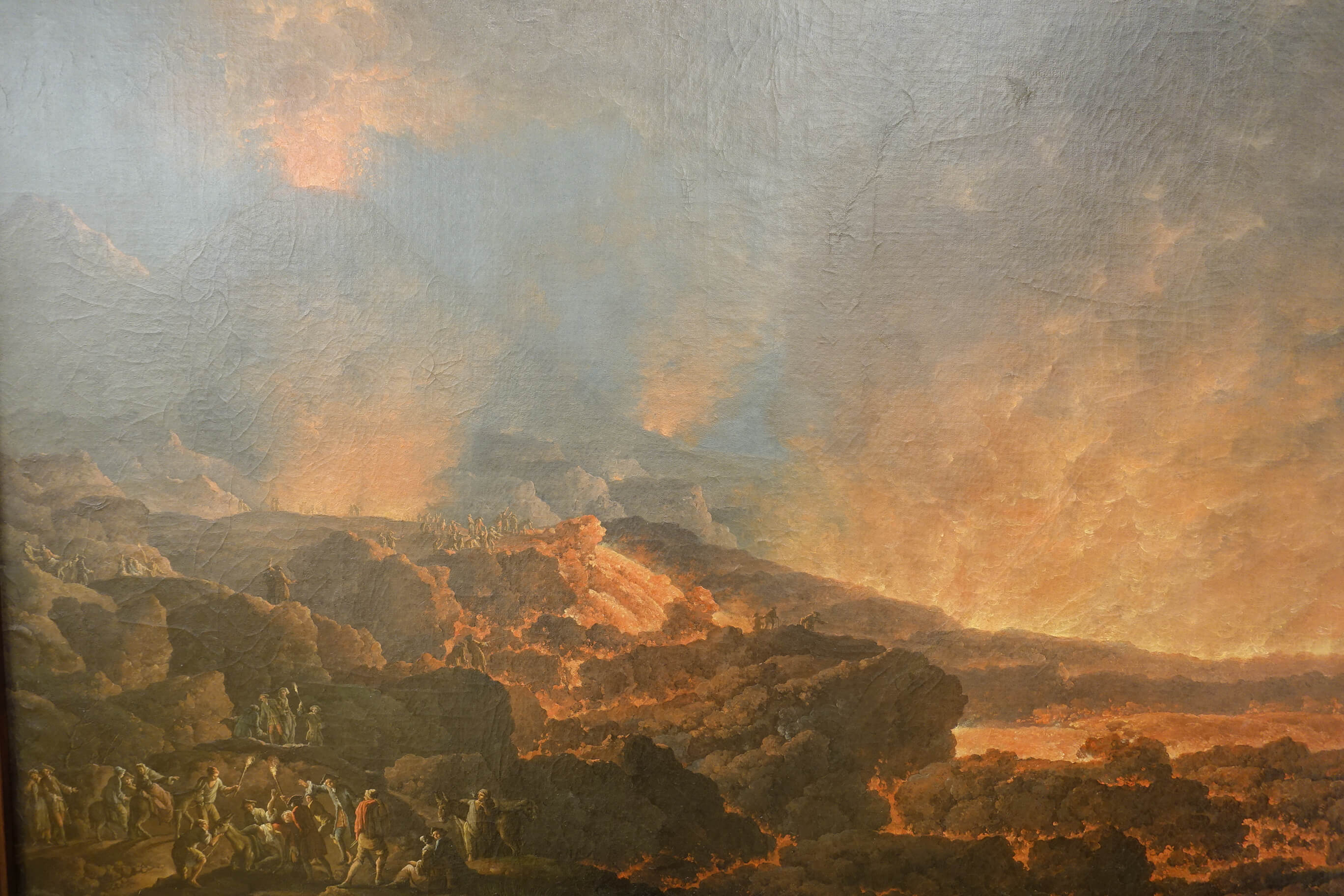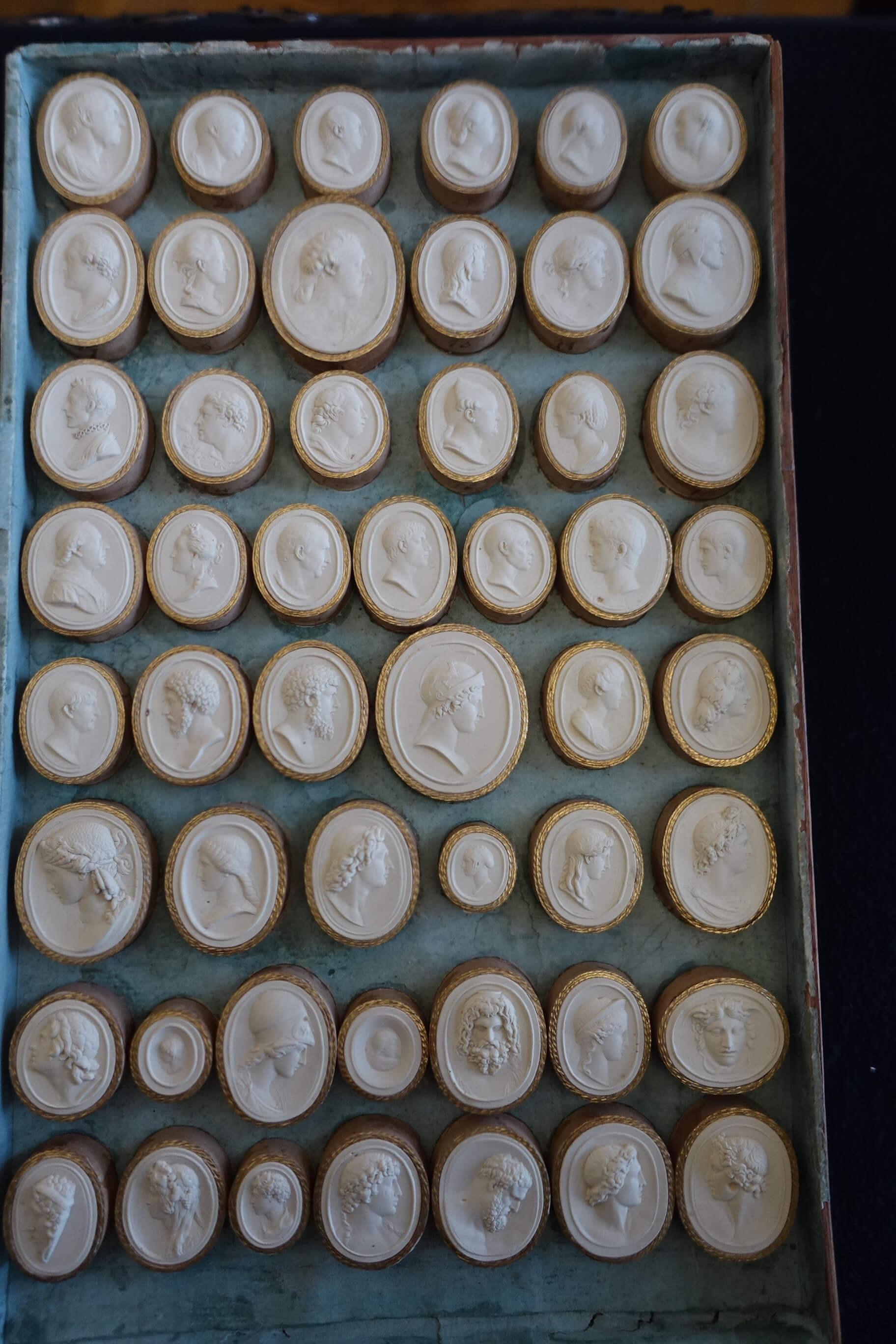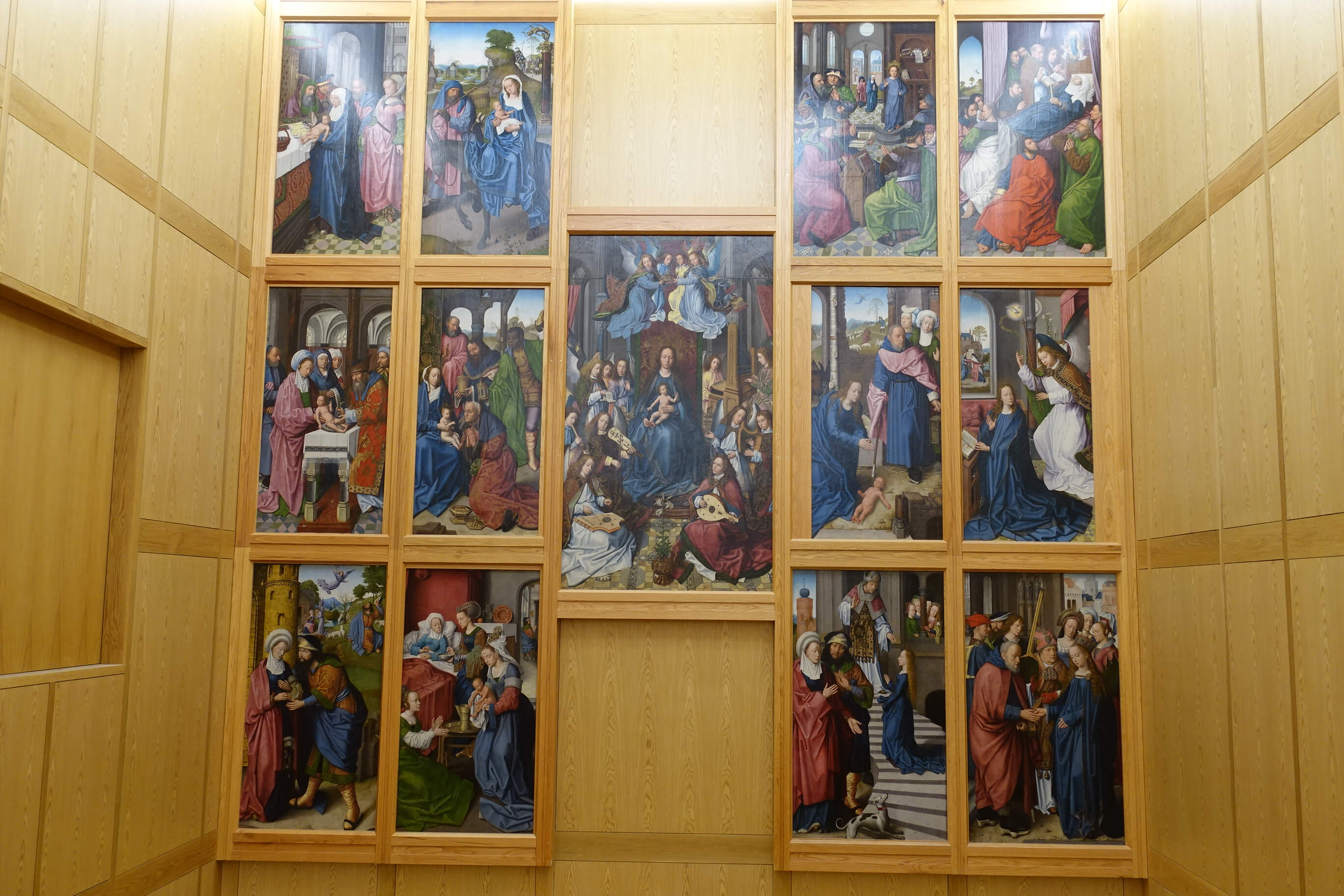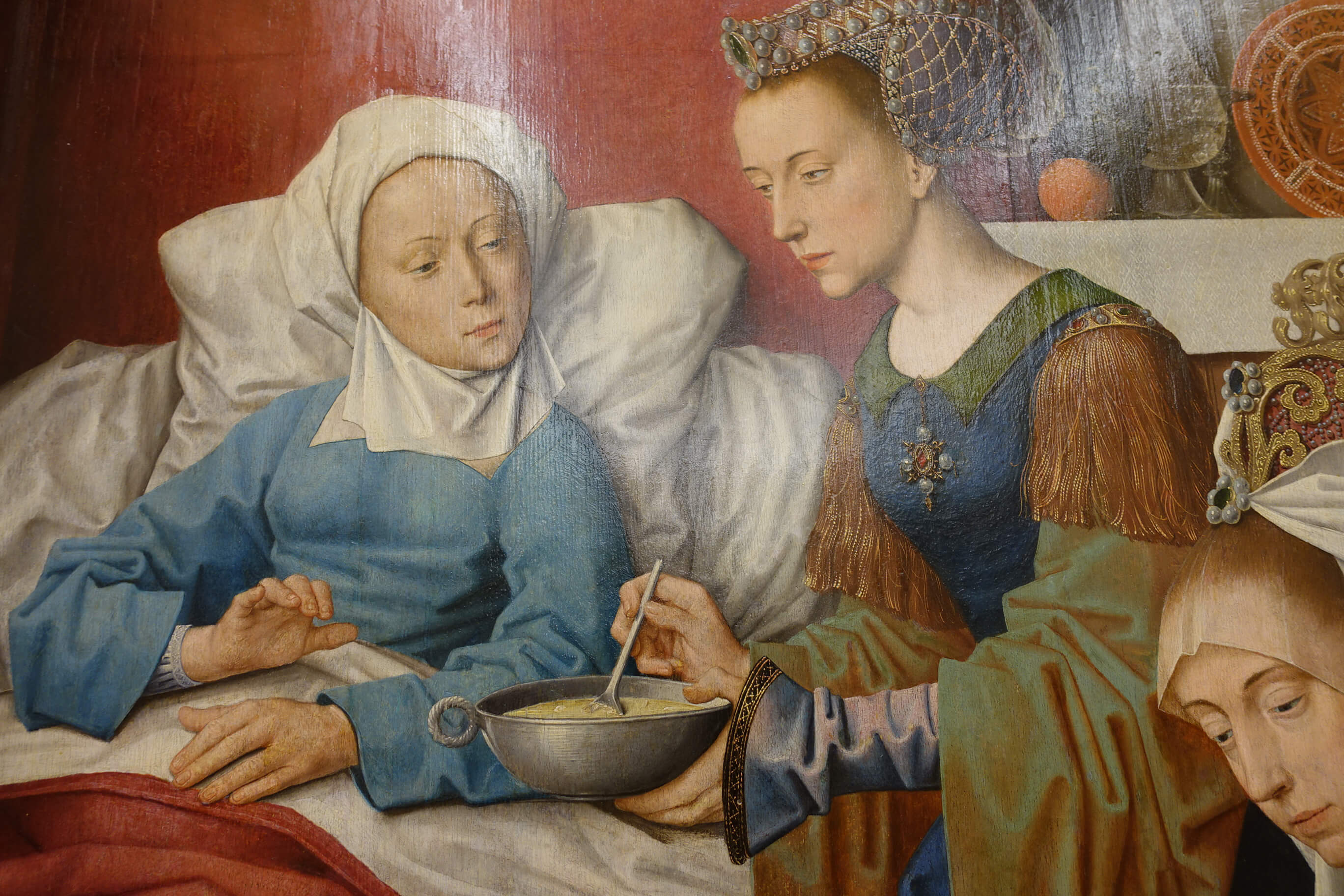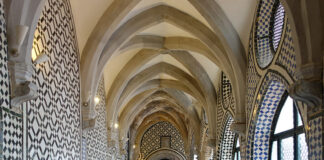Portugal has so much more to offer than Lisbon, Porto, and a small strip of land along the coast. Portugal is ample cork oak forests, large cow herds, gigantic vineyards and magnificent churches in the middle of nowhere. Portugal is also Alentejo, the region beyond the Tagus, with its infinite meadows, grass lands, and forests. Alentejo was and still is poor. The land here was once distributed among a few owners of large estates. They lived in grand city residences while their lands were being cultivated by cheap day labourers who could not even afford proper homes.
This has the advantage that tourists can admire the impressive cultured landscape which remains largely untouched by settlement until this day. And in the middle of this landscape lie cultural treasures of which other countries can only dream: megalithic tombs or a medieval gem like Evora.

Tuesday, 7 April 2015
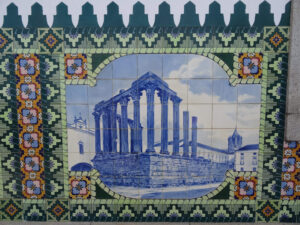
When the alarm went off at 7 am in the morning CET, the equivalent time in Portugal, 6 am, felt much, much worse. We still managed to get up and because we were not sure how long it would take us to get to the central station, we took a taxi. In spite of the one-single digit displayed on the taximeter, the driver demanded a fantastic price. We inquired what the purpose of the taximeter was in that case. Well, explained our chauffeur with expansive gestures, his taxi was actually designed for four people and if he had fewer customers, he had to ask for a surcharge accordingly. Alright. We rewarded his creative excuse and paid him the small surcharge.
Our Intercity was expected at 8.50. What arrived would not even be counted as an Interregio in Germany, but after having waited 15 minutes for the train’s departure, we were at least assured that the thing could drive.
The view slowly turned into a more rural landscape around us. We were gliding across a slightly hilly landscape with cow and sheep herds scattered across the fields from time to time until we arrived in Evora two hours later.
We got off the train and wondered why the other passengers seemed in such a rush. When we arrived at the taxi stand, we knew why. The Americans in front of us snatched the last taxi from under our nose. Luckily for us, a young Portuguese woman had been even slower than we. She asked the departing taxi driver to call two more taxis by radio. And it was good she did because we would have had a hard time walking the whole way by foot. The railway station in Evora is a good 15 minutes by taxi away from the old town!
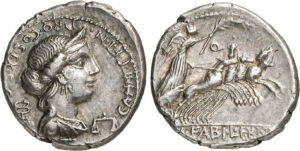
Evora is among the most ancient settlements on the Iberian Peninsula. You can find Neolithic traces and the megalithic settlements around Evora are impressive.
Evora was first mentioned as a city in connection with the Sertorian War. The former follower of Marius had fled from Sulla’s dictatorship to Spain, where he had been appointed proconsul before the change of power. That is why Sertorius had an army at his disposal. And this army impressed the Lusitanians, who had time and again been exploited by Romans politicians. They asked Sertorius to join them and lead their rebellion.

Sertorius followed the request and established an empire very much like the Roman model. As proconsul he sometimes personally resided in Evora and was able to hold the city for seven years, although Pompey himself was marching against him! But once the military success faded, so did the support from the Lusitanians and Sertorius was finally murdered in 72 BC.

Under Roman rule Evora developed into one of the major road traffic junctions. It was visited by the untiring Pliny the Elder and even mentioned in his Naturalis Historia as Ebora Cerealis. Today the city still depends mainly on agriculture, although the once fertile fields have been transformed into pasture land.

In 584 Visigoth king Liuvigild conquered the city. In 715 it fell under Muslim rule.
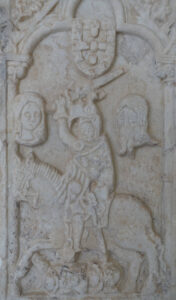
The Christians took it back in 1165. Evora’s bloody coat of arms tells the story until this day. It shows Gerald the Fearless horseback, blood-soaked sword in hand and trampling over the decollated heads of the Muslim governor and his daughter. The legend that this very same daughter was his lover adds an extra twist to the story behind the coat of arms. Fearless Gerald, by the way, is often compared to the Spanish El Cid – and not entirely without reason.
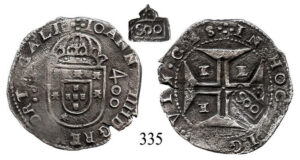
In the Middle Ages Evora was a popular domicile of the Portuguese rulers and by all means able to keep up with Porto and Lisbon. Of course the city also had its own mint, whose products were found in such remote places as sunken ships off the Brazilian coast …
The city also played a central role in the slave trade and was home to a Jesuit-run university.
By closing the university, the Marquess of Pombal, who had been responsible for the reconstruction of Lisbon, made a far-reaching decision over Evora’s fate. Due to its location off the major trade routes it slowly sank into oblivion. The city fathers today are glad about this development because it means that the ancient building fabric has been almost completely preserved. This got Evora the title of UNESCO World Heritage Site in 1986.
Thank God this jewel of medieval history has – unlike some other places – remained largely untouched by tourism. The souvenir shops are restricted to a single street which connects the cathedral with Evora’s main square. Right now the number of sights still outweighs that of the tacky souvenir shops.
We left our luggage at the Pousada first thing. And on that occasion also stumbled across Evora’s landmark, the Roman Temple. Well, let’s be honest: if you have already seen temples in Italy, Southern France and Turkey, this one will not exactly knock you off your socks. According to local tradition the temple was dedicated to Diana, which is in all likelihood just as wrong as the claim that it was Sertorius who built it. It is much more likely that the temple was somehow related to the Imperial cult and erected in the early years of the Empire. The temple is apparently the best preserved of his kind in the whole country and owes its survival to the fact that it was integrated into the city walls in the Middle Ages and later turned into a slaughterhouse, which it remained until the 19th century.
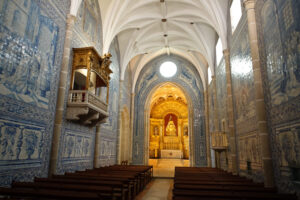
But back to the Pousada, which is basically the Portuguese equivalent of the Spanish Parador. More specifically, it is a government-owned hotel integrated into a historical building, in our case the Dos Loios Convent. While the adjacent church is magnificent and very spacious, the rooms in the Pousada were rather modest – not surprising if you keep in mind that the hotel rooms were basically redecorated cells. And I am certain the monks had more than enough space.
After all, they did not carry three suitcases with them (two large ones and a small one – as much as you can just about fit into the trunk of a Smart). Also, I am sure double beds were the exception, not the norm, in monastic cells. In the end, we decided that we would not be spending too much time in our room anyway.
So we left our room again to visit the minster. And there I had an epiphany. Loios is Portuguese for Eligius. There had been an Order of Saint Eligius in Portugal once, this much I know, but I was not able to find out more about it yet. There could be a relation with the Venetian Lawrence Giustiniani and the congregation that he propagated everywhere in the 15th century. Suddenly I saw our room in a very different light, once I had realised that we were spending our nights under the personal protection of the patron saint of all numismatists, so to speak.

We strolled around the beautiful city, let the sun shine on our faces and indulged in local pastries. We looked at a few churches. (No, I will not give you a comprehensive list. They all had gold in the front and tiles in the back.)

The Largo das Portas de Moura was more interesting again. It displayed a fountain from the mid-16th century which very casually implies an early representation of the globe surrounded by water. Magellan had after all proved to the Portuguese with his circumnavigation of the globe that the world was round indeed. This seemingly insignificant fountain thus embodied knowledge about the world and a claim to global dominance already in the 16th century.
Later we decided to learn some more Portuguese by having dinner. The Portuguese, you must know, are incredibly nice people, especially when foreigners are trying to make conversation in (very) broken Portuguese. Our waiter repeated every single Portuguese word that I tried to utter at least ten times, until I had perfected the pronunciation of even the most inconspicuous syllable.
And so we sat in the idyllic cloister of the historic convent, watching the orange trees and a small turtle, which had made a tiny stone basin her home.
Wednesday, 8 April 2015
When we got up, the sun had disappeared and the sky was cloudy. There was no rain yet, but the weather definitely got us wondering where we might be able to buy an umbrella around here. We decided to visit the cathedral first. One of the oldest buildings in Evora, its construction had already been begun in 1186.
According to the travel guide, the sculptures at the cathedral’s entrance belong to the most impressive examples of Gothic sculptures that can be found in Portugal. Our first impression must have been clouded because the sculptures were so highly polished. We completely overlooked them. But after consulting our travel guide and on closer inspection …
The cathedral offered nothing out of the ordinary. High, gorgeous architecture and a lot of gold.
Plus, you could walk around the rooftop and watch the increasingly grey sky.
Next door to the church is Evora’s museum. It was built around the collection of its former archbishop, Frei Manuel do Cenáculo, who assembled it in the early 19th century. As was the fashion at the time, he was interested in archaeology and numismatics, and collected paintings and historical objects from the area.
His coins are on display in the show case in the middle. Orderly and properly indexed. The archbishop was of course also interested in Italy and included a painting on the eruption of the Vesuvius in his collection. Also in his possession: a dactyliotheca. The museum’s most precious objects are the paintings from the cathedral’s main altar. They were delivered from Bruges and ordered by the archbishop in 1495. The paintings’ richness of colour and detail heavily influenced Portuguese artists.

When we left the church, it was raining cats and dogs. Not really knowing what else to do, we entered the coach museum, something we would have otherwise ignored. And we would have missed so much! The museum is a private institution run by the Eugenio d’Almeida Foundation, which is very active in Evora. All of the exhibited coaches have still been personally used by the Almeida family.

The last heir established the foundation. Its endowment is not quite as large as that of the Gulbenkian Foundation but still a gift of heaven for Evora. The money was for instance used to renovate the Palacio dos Condes de Basto, which houses beautiful frescos on its inside, whose enigmatic images tell episodes from Portugal’s history.
We were allowed entry to the palace and a staff member of the foundation came especially to open the doors for us. Once he noticed our genuine curiosity, he showed us room after room, even the Almeida archives. At first he had said that he could spare maybe a quarter of an hour for us. When we left, two hours had passed. But the treasures we had seen! Not only the gorgeous frescos, but also documents over documents! And account books, detailed and comprehensive. Such account books provide a much better insight into the everyday life of the Portuguese upper class than all the architecture in the world.
Unfortunately there are no photos (otherwise this report would be a lot longer still) because taking pictures was strictly forbidden. A mistake if you ask me. This way too many people remain unaware of what the foundation in Evora has to offer. Should you ever get the chance to see it, do not hesitate!
We had seen enough for the day. Also, it was still pouring with rain. Back in the Pousada’s cloister for dinner we seriously wondered if the little turtle, whose basin had been turned into a bubbling spring by the rain, might have drowned. (It had not, as we realised when we saw it take a morning stroll during breakfast the next day.)
We wondered what the weather would be like the next day because there would be no protective museum rooftops over our heads then: Our plan was to see the megalithic settlements near Evora. More about what we saw there in the next episode. I am only telling you this much: It was spectacular!
Here you will find all episodes of our series “Global Power Portugal”.
One more thing about to the Loios Order: the co-author of the DuMont travel guide for Portugal, Jürgen Strohmaier, drew my attention to the fact that the order had really been founded at the beginning of the 15th century in Lisbon, and it actually gained some importance during that century – however, rather in the north of the country. The order ran monasteries in Lisbon, Porto, Braga and, as we have seen, in Evora.



